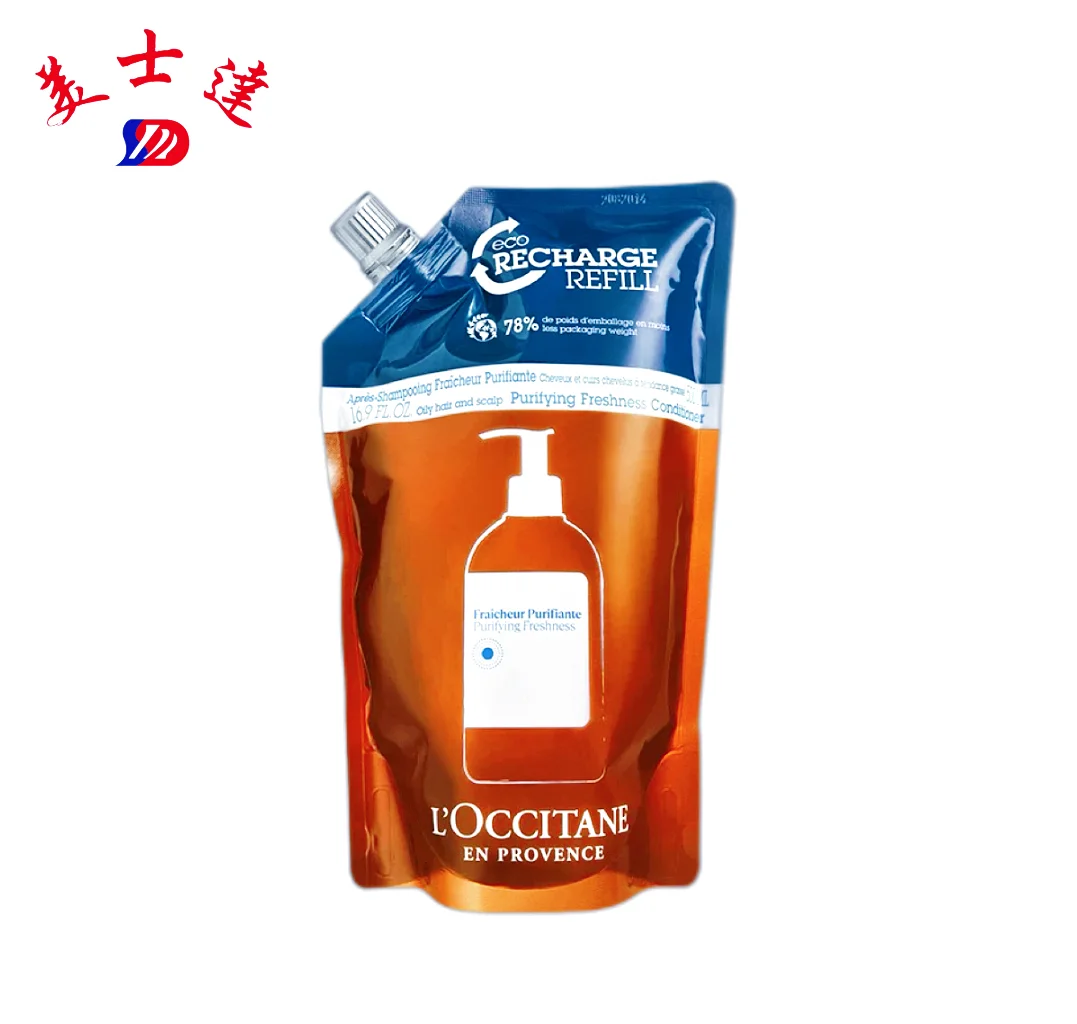Consumers and retailers expect more than just a beautiful label when it comes to health supplement packaging. By 2025, health supplement packaging must protect sensitive formulas, reduce environmental impact, and provide new conveniences to gain loyalty. A wise brand will combine practical and feasible sustainable development actions with targeted innovation – not because of trends, but because it can reduce waste, lower total costs, and explore new sales channels.
The following is a practical guide, delivered by Meishida, a leading healthcare packaging company, that introduces the most deployable sustainable strategies and innovative solutions.
Why Sustainability + Innovation Matter Now
Three trends converge in the direction of health supplement packaging:
- Retailers and regulators drive requirements for recyclability and extended producer responsibility.
- Consumers opt for brands with verifiable environmental behavior.
- Technical advancements (thin high-barrier coatings, active packaging, digital printing) allow brands to provide shelf-life needs with less material.
For health supplement packaging, the objective is simple: preserve potency and purity while minimizing material impact and improving user experience.
Practical Sustainable Material Strategies for Health Supplement Packaging
1. Mono-material films (mono-PE / mono-PET / mono-PP)
- Use when local recycling streams exist. Mono constructions simplify sorting and increase recyclability.
- Compensate for a lower barrier with MAP(Modified Atmosphere Packaging), thicker gauges, or thin barrier coatings.
2. Recycled-content films (rPE / rPET)
- Include post-consumer content to cut footprint. Validate batch consistency and odor/OTR performance for powders and softgels.
3. Paper-forward & fiber-based laminates
- Great for low-moisture supplements (e.g., tablets) if paired with minimal internal barriers. Paper-based materials are mainly used for drying and non-oily products. For products containing oily ingredients such as fish oil (Omega-3) or soft capsules, paper-based materials often require complex liners or coatings, which greatly affect their recyclability in recycling stations
4. Avoid “recycling traps”
- Steer clear of soft-touch, heavy UV coatings, and mixed-resin labels that defeat mechanical recycling unless you have a validated takeback plan.
5. Third-Party Certification & Traceability
- Ensure all claims (e.g., Mono-material, Recycled Content) are backed by verifiable third-party certification. This is critical for consumer trust and compliance in major markets.
Barrier & Innovative Solutions that Reduce Material Waste
High-performance thin-film barriers
- EVOH(Ethylene Vinyl Alcohol Copolymer) sandwiches, slim-foil, and sol-gel (nanocoatings) deliver near-foil protection with far less material, enabling mono-structure designs for health supplement packaging. EVOH is one of the commonly used high-barrier plastics with excellent oxygen barrier properties. And, sol-gel is a technique for forming an ultra-thin inorganic oxide layer on the surface of plastic film, achieving high barrier properties.
Integrated active packaging
- Oxygen scavengers, desiccant-embedded liners, and antimicrobial coatings extend shelf life so lighter, recyclable packs are viable. On the other hand, when using oxygen scavengers, it is necessary to verify their adsorption or interaction with the contents (such as powders or soft capsules) to avoid affecting the taste or efficacy of the product. Especially for products that require a small amount of air to maintain powder looseness, caution should be exercised when using them.
MAP and single-serve formats
- Nitrogen flush + tight seals reduce oxidation; stick packs and single-serve sachets minimize dosing waste and shipping of air. It can also greatly enhance customer experience, especially suitable for promoting high-value, high-precision, and precise dosage maintenance products. At the same time, it lowers the threshold for first-time attempts and is an excellent tool for low-cost traffic diversion.
Format Innovations That Drive Sustainability & Convenience
Refillable pouches + dispensers
- Deploy a durable dispenser (rigid) with lightweight refill pouches. Reduces per-use material dramatically and suits subscription/DTC(Direct to Customers) models. The refillable mode not only reduces materials but also establishes high CLV(Customer Lifecycle Value): durable dispensers serve as brand physical anchors in customers’ homes, increasing brand loyalty.
Pre-dosed stick packs & sachets
- Ideal for trials and single doses. Design stick packs as recyclable mono-PE where possible, or certified compostable only where infrastructure exists. When using compostable materials, it is essential to clearly label the required composting conditions (such as industrial compost) on the packaging. Due to the lack of corresponding industrial composting infrastructure in many regions, promoting recyclable mono-material solutions is usually a more reliable and environmentally beneficial “sustainable” strategy, rather than blindly advocating for “compostability”.
Hybrid rigid-flex systems
- Combine a small rigid cap or dosing head (reusable) with a recyclable mono pouch body. Balances user experience and recyclability. The hybrid system solves the shortcomings of flexible packaging in terms of stability and pouring accuracy through rigid components such as hard covers or measuring heads, especially suitable for healthy supplements with high dosage requirements. This provides customers with a perfect compromise between “usability” and “environmental friendliness”.
Verification: full lifecycle analysis comparing refill vs single-use, customer usability testing, and FFS line validation.
Printing, Inks & Finishing — Do Less to Achieve More
Water-based inks & low-VOC varnishes
- Prioritize water-based systems that do not contaminate recycling streams. Water-based ink typically has extremely low residual solvents and minimal odor. This is crucial for health supplement packaging, as it can effectively reduce potential impacts on the flavor and safety of the contents. Require ink supplier COAs and migration testing if near food contact.
Digital printing for small-batch personalization
- Digital printing is not only suitable for small batch production, but also the perfect choice for A/B testing, marketing design, seasonal promotions, or collaborations. It can achieve instant modification and rapid iteration, greatly shortening the cycle from concept to market for new designs. At the same time, the printed QR code should be linked to your inventory system and marketing activities to achieve full digital traceability of products from farm to table.
Minimalist design & same-resin labels
- Reduce ink coverage and avoid multi-substrate labels. Where possible, print directly on mono film to avoid extra labels that hinder recycling.
Supplier brief items: acceptable ink chemistries, maximum varnish coverage, and requirements for print proofs on final rollstock.
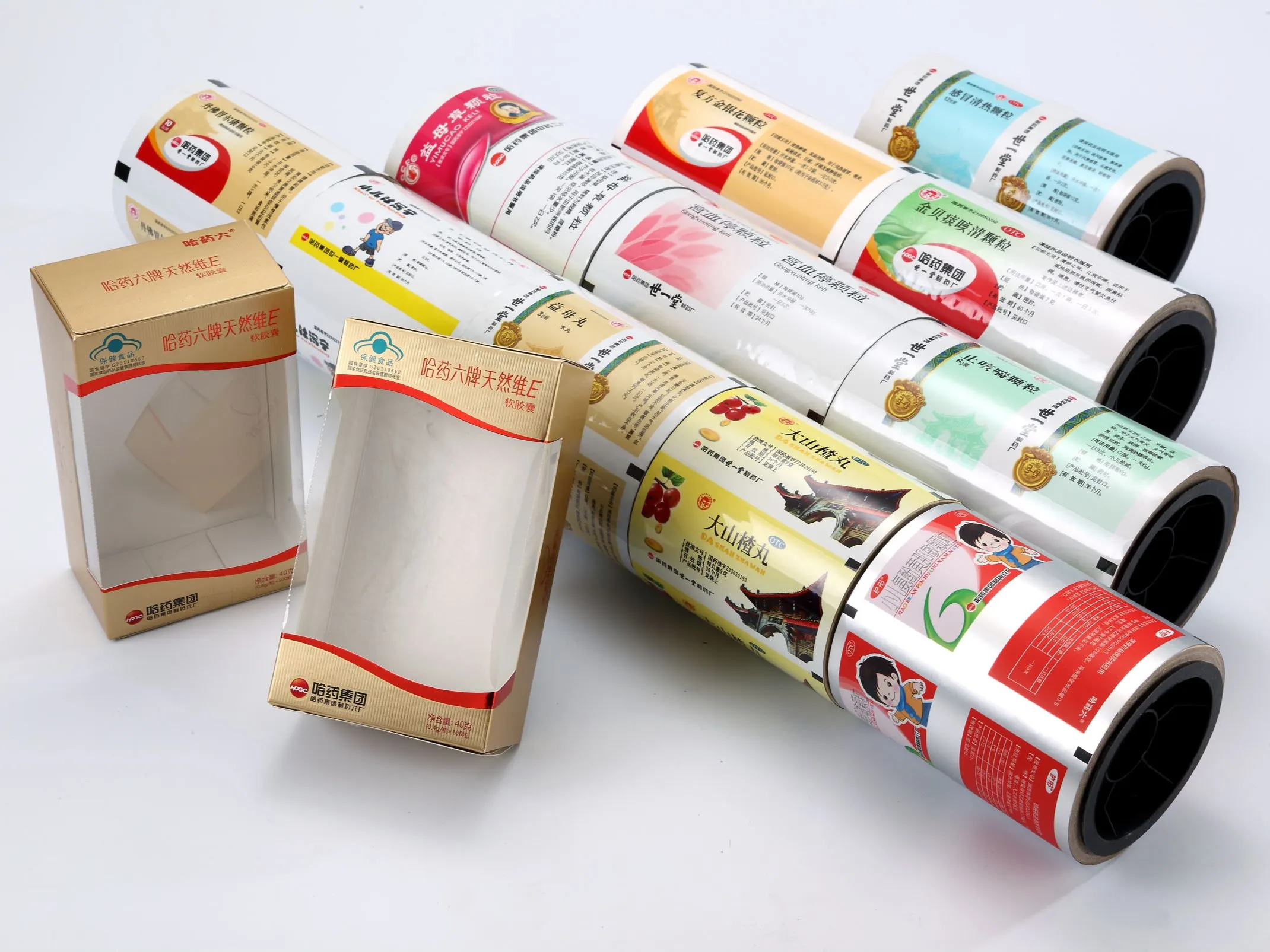
Common Pitfalls to Avoid
- Greenwashing claims without MRF evidence.
- Swapping to mono-material without finishing tests (seal failure, aroma loss).
- Ignoring supply chain impact (r-content volatility).
Conclusion
The future of healthy supplement packaging lies in combining sustainability with smart innovation. Brands that adopt recyclable, bio-based, and intelligent solutions will strengthen both environmental responsibility and consumer trust. In 2025, sustainable packaging isn’t just a trend — it’s the new standard for brand credibility and market growth.
À propos de Meishida
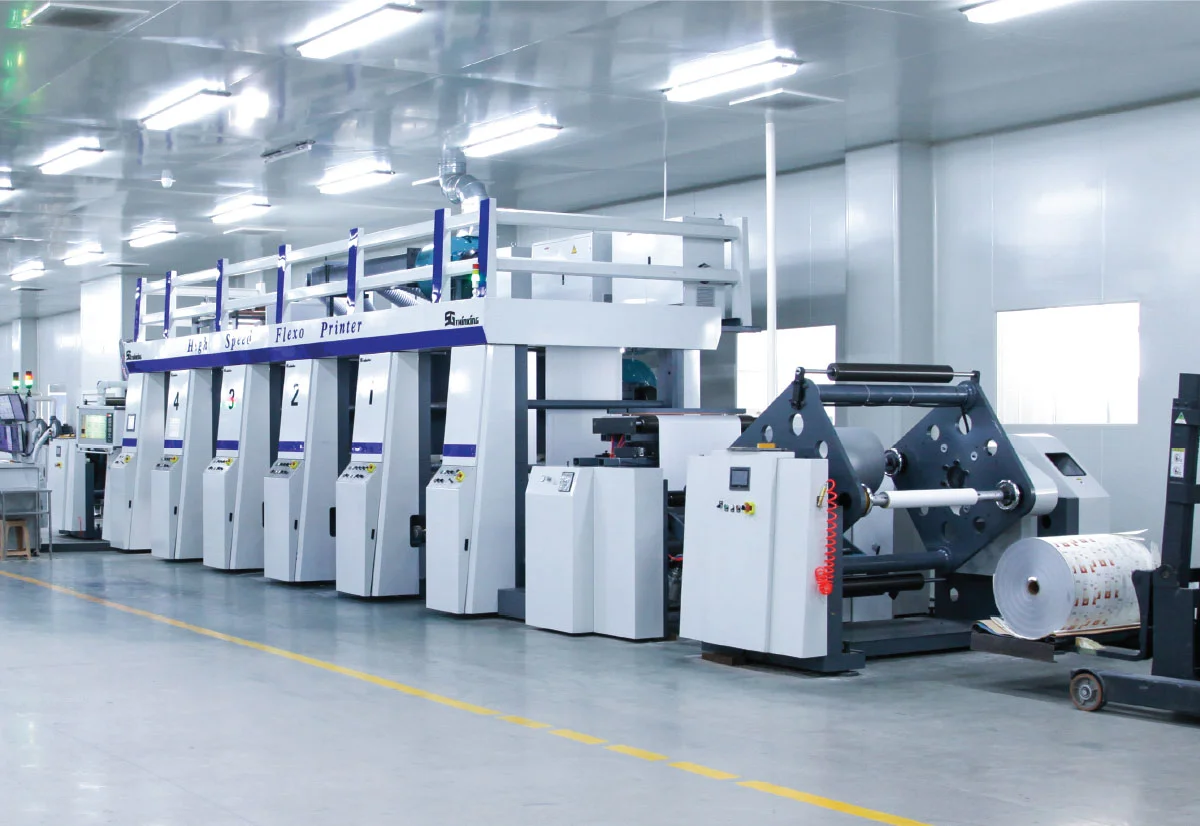
Meishida is a leading healthy supplement packaging company known for its deep roots in pharmaceutical flexible packaging. Our technical expertise and strict quality standards, developed through years of serving the medical industry, now ensure the same level of precision and safety in every healthy supplement package.
We provide custom healthy supplement packaging solutions that balance protection, functionality, and brand presentation. With reliable materials and advanced manufacturing systems, Meishida helps brands deliver trust and quality straight from the package.

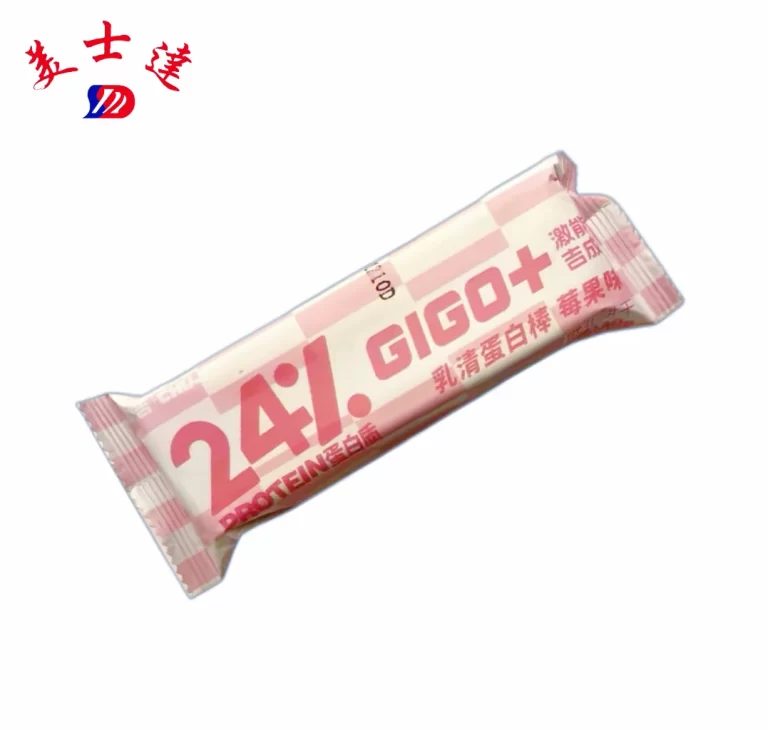
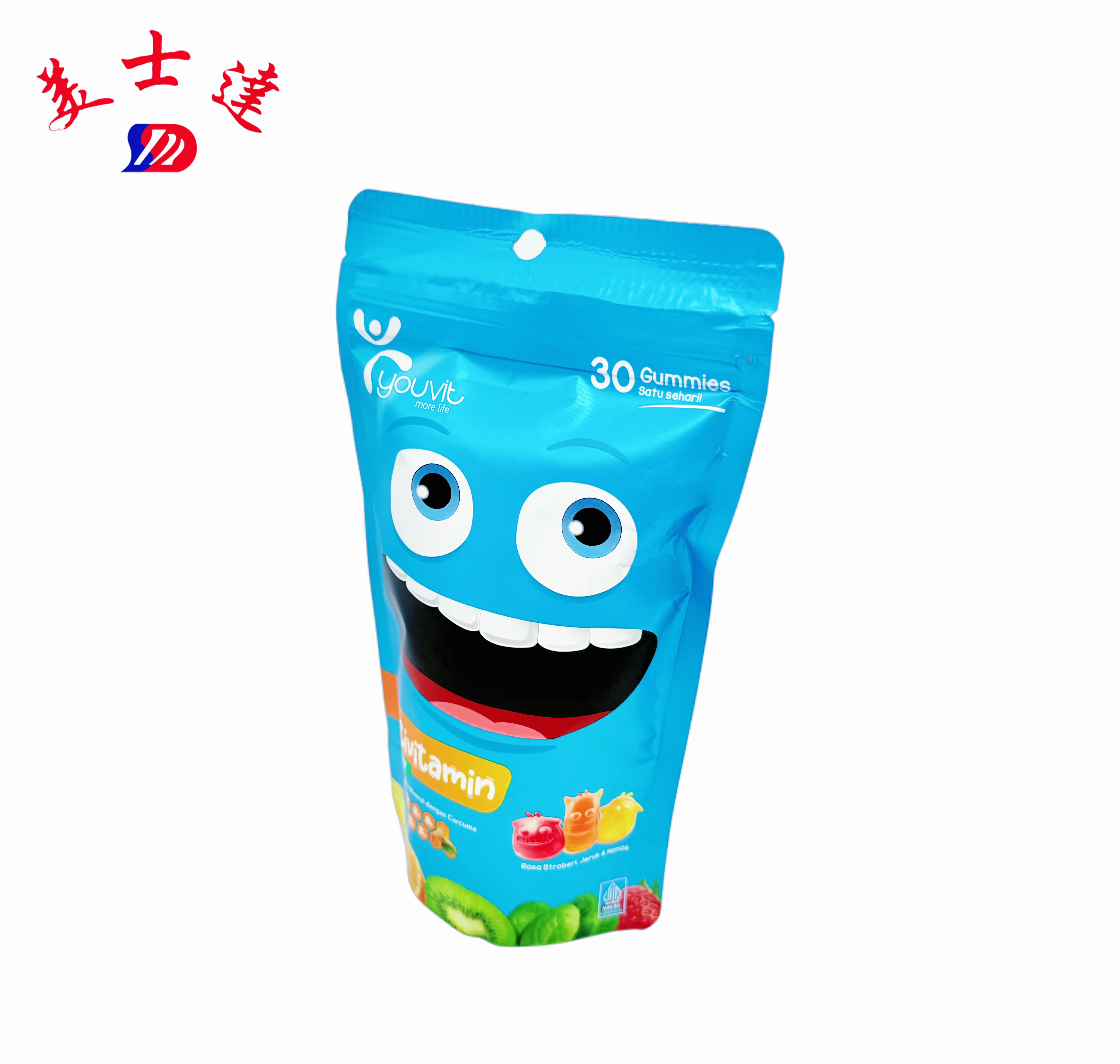
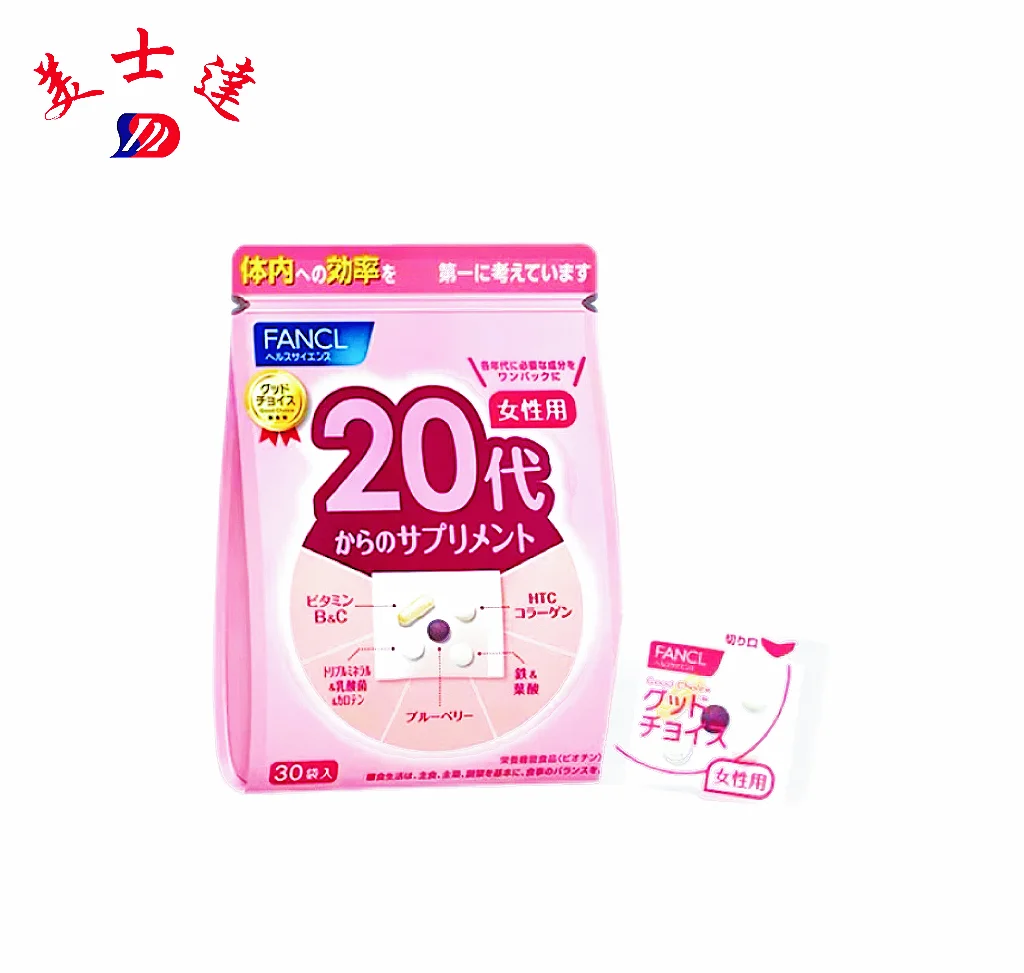
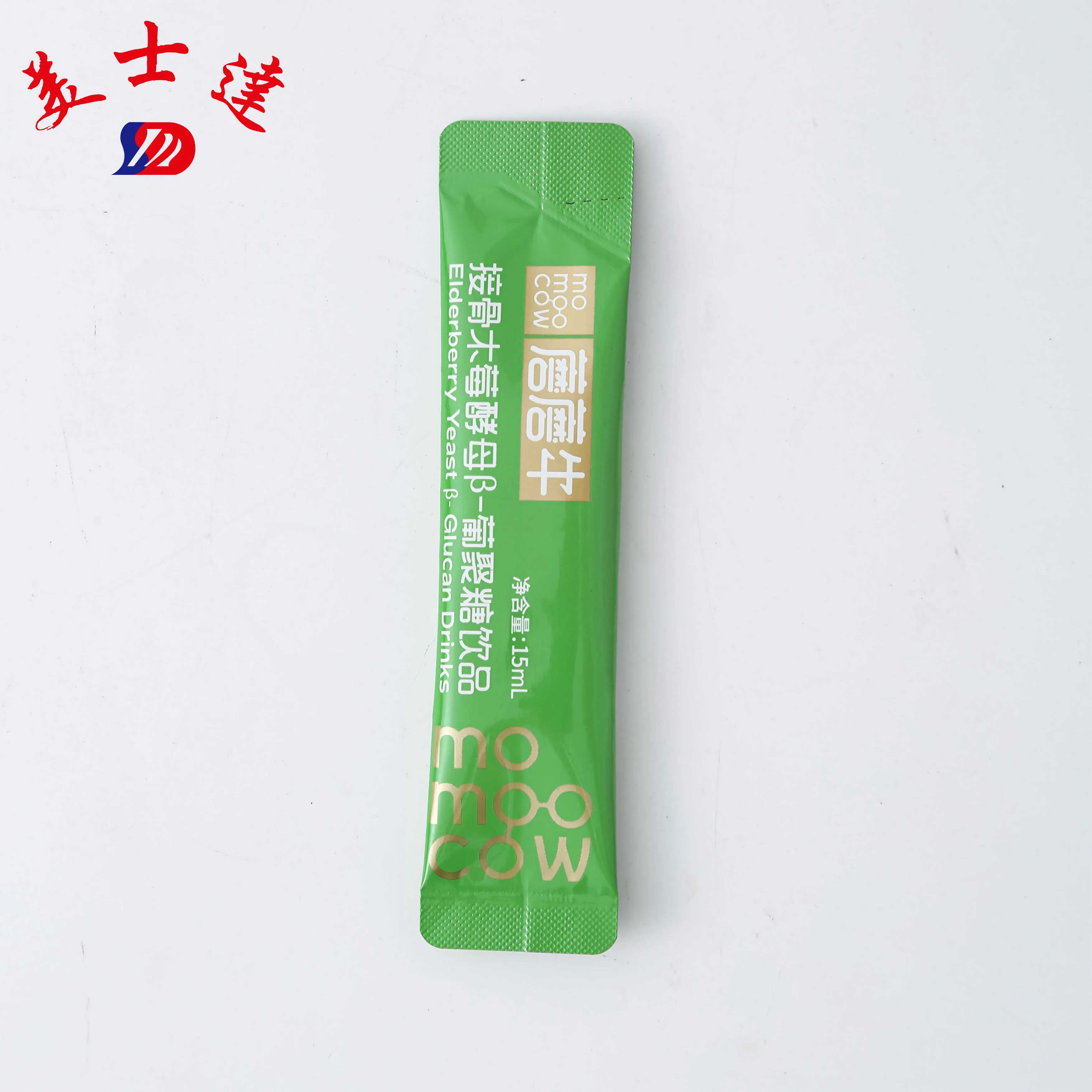
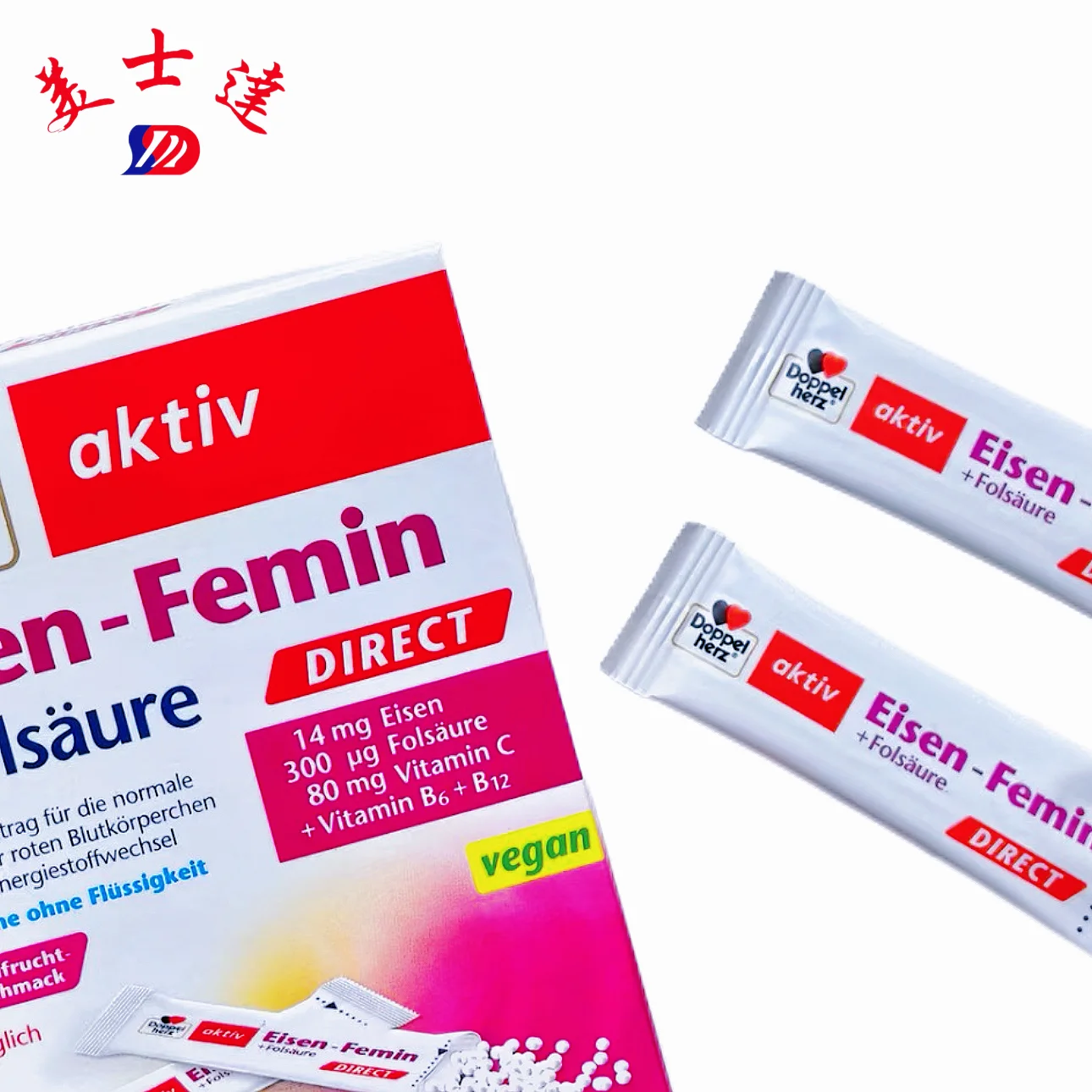
.webp)
.webp)
.webp)
